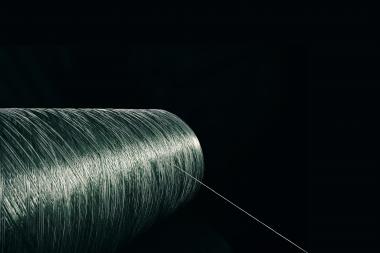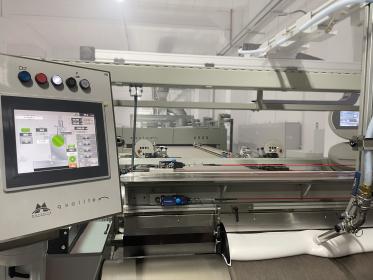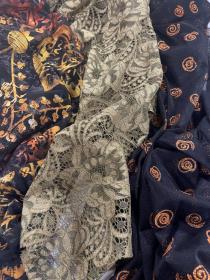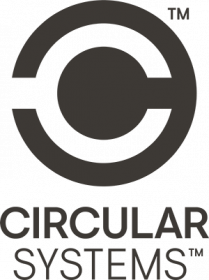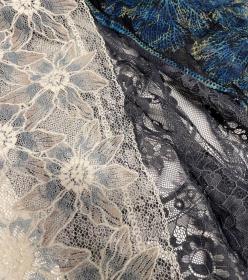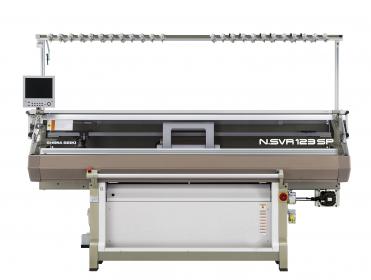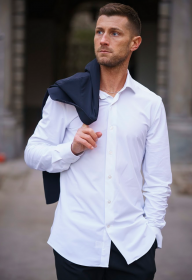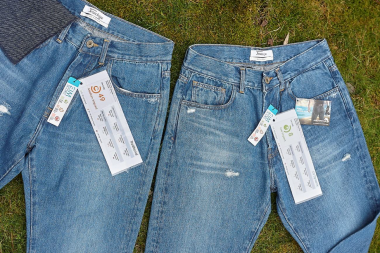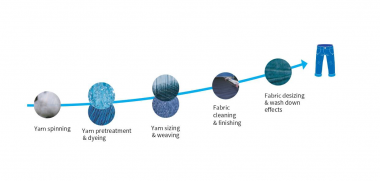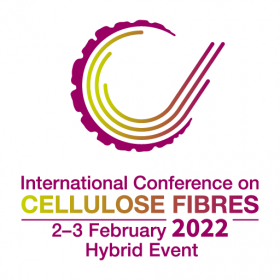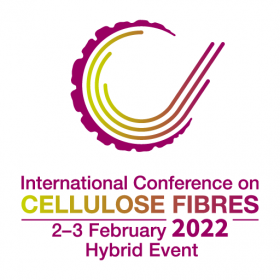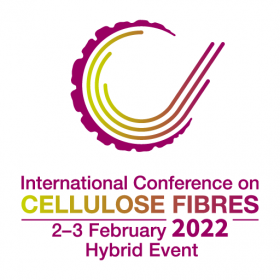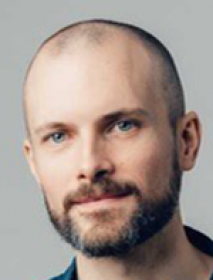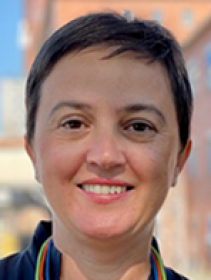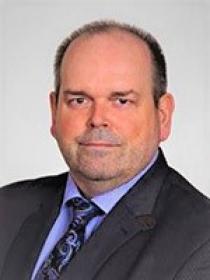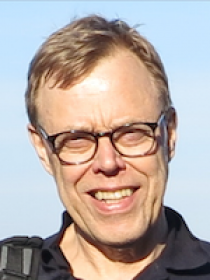HUGO BOSS und The LYCRA Company fördernd dekarbonisierendes Garn HeiQ AeoniQ
Im Rahmen seiner Wachstumsstrategie „CLAIM 5" von HUGO BOSS (MDAX: BOSS) realisierte das Unternehmen das erste nachhaltigkeitsbezogene Investment der Gruppe in Form einer Beteiligung von 5 Millionen USD an HeiQ AeoniQ LLC, einer hundertprozentigen Tochtergesellschaft der in London notierten HeiQ Plc (LSE: HEIQ).
Die Investition wird durch eine zusätzliche Vereinbarung in Höhe von 4 Millionen USD ergänzt, die der Erreichung der vereinbarten Ziele unterliegt. Die strategische Partnerschaft wird HUGO BOSS dabei helfen, die ehrgeizigen Nachhaltigkeitsziele des Unternehmens zu erreichen, darunter das Ziel der Klimaneutralität im eigenen Verantwortungsbereich bis 2030 und in der gesamten Wertschöpfungskette bis 2045. Darüber hinaus legt das Unternehmen besonderen Wert auf die Etablierung eines End-to-End-Kreislaufwirtschaftsmodells. Mittel- bis langfristig konzentriert sich HUGO BOSS auf das Potenzial, die derzeit verwendeten Polyester- und Nylonfasern durch die zellulosehaltigen HeiQ AeoniQ-Fasern materiell zu ergänzen und zu ersetzen.
Vor der Kapitalbeteiligung von HUGO BOSS erklärte sich The LYCRA Company bereit, als exklusive Vertriebspartnerin für das HeiQ AeoniQ-Garn eine meilensteinabhängige Technologiegebühr zu zahlen und sich zu verpflichten, ihr umfassendes Textilwissen und ihren Zugang zu den Marktkanälen zu nutzen, um diese neue Technologie für einen breiten Einsatz in der Bekleidungsindustrie vorzubereiten.
Der Großteil des eingebrachten Kapitals wird für die Vergrößerung und Kommerzialisierung dieser bahnbrechenden Technologie verwendet. In diesem Zusammenhang wird die HeiQ AeoniQ LLC ihre erste kommerzielle Giga-Fabrik in Mitteleuropa bis Ende 2024 errichten und baut derzeit ihre Pilotanlage für die kommerzielle Faserproduktion aus, die für Q2 2022 geplant ist.
HeiQ AeoniQ Zellulosegarn aus klimafreundlichen Rohstoffen
HeiQ AeoniQ (Aeon: Streben nach ewiger Kreislauffähigkeit) – ein Endlosgarn aus Zellulose, das das Potenzial hat, mit Polyester- und Nylonfasern zu konkurrieren – stellt eine revolutionäre, erstmals auf dem Markt erhältliche und skalierbare, geschützte Bekleidungstechnologie dar, die die Herstellung eines nachhaltigen Zellulosegarns ermöglicht, das auf Kreislauffähigkeit und Recycling ausgelegt ist und erdölbasierte Fasern ersetzen könnte.
HeiQ AeoniQ-Garne werden aus zellulosehaltigen Biopolymeren hergestellt, die während des Wachstums Kohlenstoff aus der Atmosphäre binden. HeiQ AeoniQ-Garn ist dazu bestimmt, bestehende Filamentgarne auf Erdölbasis zu ersetzen, wie z.B. Polyester und Nylon, die über 60 % der weltweiten jährlichen Textilproduktion von 111 Mio. Tonnen ausmachen. Der weltweite Markt für Polyester- und Nylonfasern hat einen geschätzten Wert von 135 Milliarden USD mit einem CAGR von >3,5 % im nächsten Jahrzehnt (Statista). Für jede durch HeiQ AeoniQ substituierte Tonne Polyester und Nylon können potenziell bis zu 5 Tonnen CO2 eingespart werden.
Im Vergleich zu konventionellem Polyester, Nylon, Baumwolle und konventionellen regenerierten Zelluloseprodukten hat die Produktion von HeiQ AeoniQ-Garnen das Potenzial, die Umweltauswirkungen der Faserproduktion zu verändern, da sie zirkulär angelegt ist, 100% erneuerbare Energie für die Herstellung verwendet, einen geschlossenen Recyclingkreislauf von mehr als 99,5% der Produktionsfaktoren aufweist, keine giftigen Chemikalien verwendet und keine Ackerflächen, Pestizide oder Düngemittel für ihre Rohstoffe benötigt.
HeiQ AeoniQ


